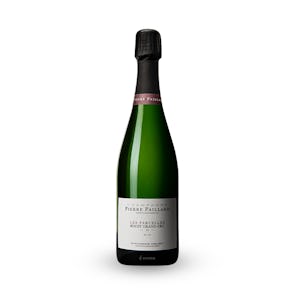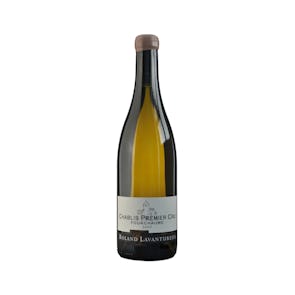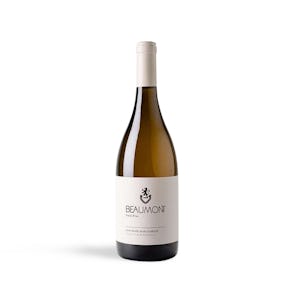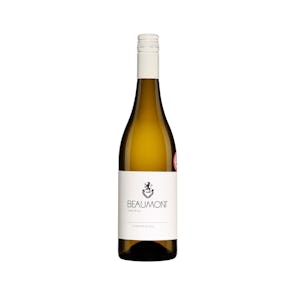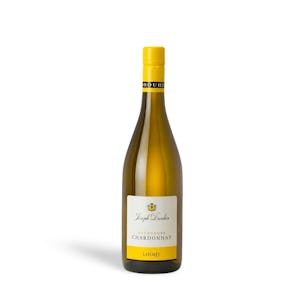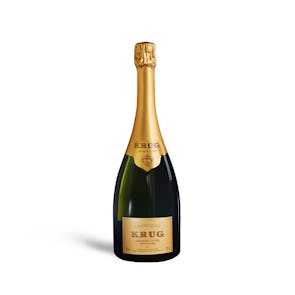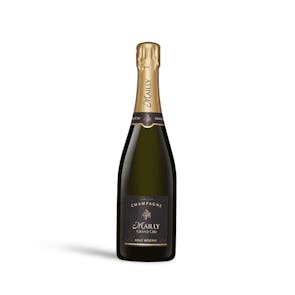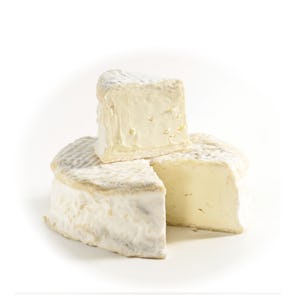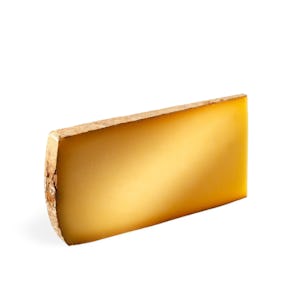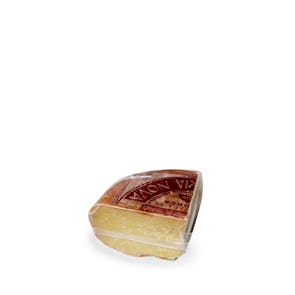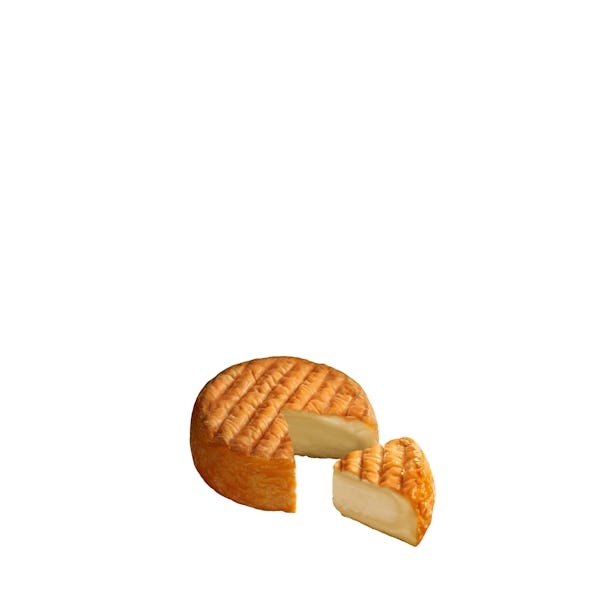
Affine au Chablis
Wine-soaked wonder
TASTING NOTES FROM THE CURATOR
Luxurious on the mouth with its creamy, smooth pate—similar to its Burgundy cousin, the Epoisses, the Affine au Chablis has a rind that is lightly gold-tinged, owing to the regular washing with Chablis wine during the three to four weeks its left to mature.
The Chablis is a local high-status white wine that adds depth to the fruity, tangy flavor of this full cream cheese. Its aroma is strong, but much milder than the stinky Epoisses.
PREPARATION AND PAIRINGS
This cheese is soft enough to eat with a spoon, and you’d be surprised at how many people do just that. Leave it at room temperature for an hour or so, and you could easily scoop it up.
Of course, if you prefer to partner it with something, crackers are great. The crunch the crackers bring contrast excellently with how creamy the Affine au Chablis is. You could also have it with some sweet, acidic fruit, like grapefruit of strawberries.
For wine, this cheese is perfect with some dry whites, like a Chardonnay, and obviously, a Chablis.
BURGUNDY BEST
Burgundy is a region rich in cultural contributions. There are many classic French things you wouldn’t realize come from Burgundy.
One of the main wine-producing areas of France, it has a reputation for excellent top wines, like the Chablis, and Beaujolais, produced in small quantities, but superior in quality so the demand is always high.
Burgundy is also the home of Dijon mustard, as well as the coq au vin, beef bourguinon, and the Epoisses cheese.
Storage Instructions
Cheeses (except brined ones in jars) should be stored in the crisper or the butter drawer of a refrigerator, not on the shelves themselves. This is to help regulate their temperature and humidity levels—and prevents the formation of mold. Once opened, they should not be kept in their original packaging. Soft cheeses with delicate rinds need to breathe, so they are best placed in glass containers lined with paper towels to absorb extra moisture. Leave the lid open a tiny bit for air to circulate and don’t forget to write up a label with the date you first opened the package. Kindly pay attention to the best before date label when you receive your cheese. Consume prior to date indicated.

